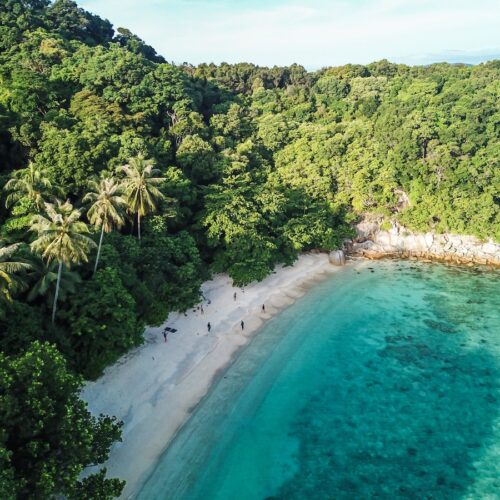Malaysia consists of two parts
YOUR TOP QUESTIONS ANSWERED
East Malaysia (Sabah and Sarawak on Borneo island) is known for its vast rainforests, indigenous cultures, and rich biodiversity. West Malaysia (Peninsular Malaysia) is more developed and urbanized, with the capital Kuala Lumpur, diverse industries, and a denser population. They differ significantly in geography, demographics, and even some administrative policies.
Air travel is the most common and practical way to get between East and West Malaysia, with frequent flights connecting major cities like Kuala Lumpur to Kota Kinabalu (Sabah) and Kuching (Sarawak). While there’s no direct land connection, domestic flights are generally affordable and efficient.
Yes, distinct cultural differences exist. West Malaysia’s culture is predominantly shaped by Malay, Chinese, and Indian influences. East Malaysia boasts a much higher diversity of indigenous groups, each with unique languages, traditions, and customs, offering a richer tapestry of cultural experiences.
East Malaysian states (Sabah and Sarawak) enjoy a higher degree of autonomy compared to states in Peninsular Malaysia, as enshrined in the Malaysia Agreement 1963. This includes special provisions regarding immigration, land laws, and certain financial arrangements, reflecting their unique historical entry into the federation.














